Apple’s latest flagship update, Final Cut Pro 11, marks a new era for video editing on the Mac, redefining the editing experience with advanced AI-driven features and integration with the company’s powerful new M4 chips. While Apple is positioning Final Cut Pro 11 as an innovative leap forward, professional editors and filmmakers may have some reservations. In this article, we’ll dive into Final Cut Pro 11’s exciting new tools, discuss how it stacks up against other Non-Linear Editors (NLEs), and analyze the broader implications for the editing industry—particularly with the emergence of AI, Hollywood’s evolving landscape, and Apple’s Vision Pro headset.
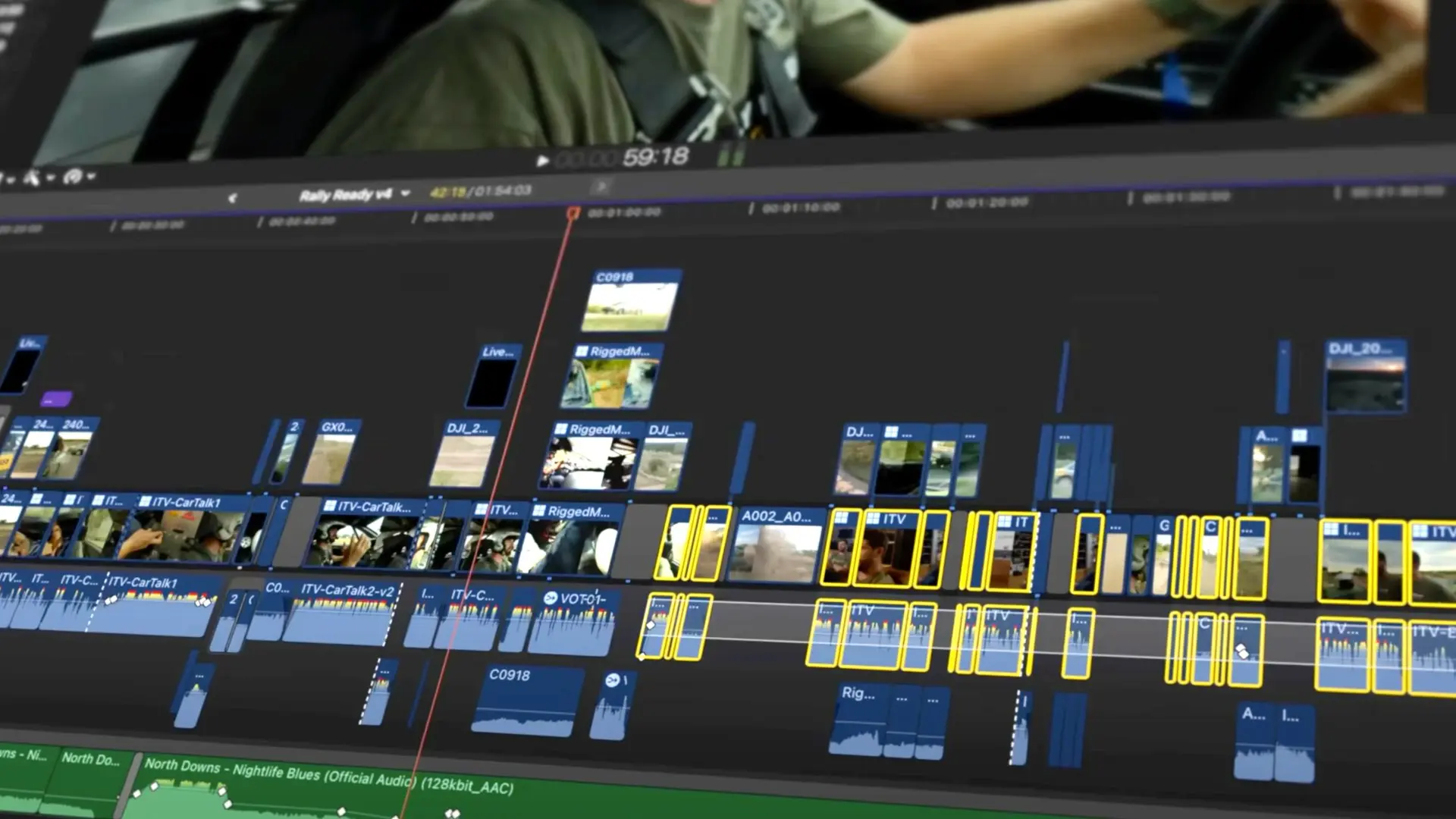
Final Cut Pro 11’s AI-Powered Revolution
With Final Cut Pro 11, Apple has fully embraced the potential of AI in video editing, making it one of the most technologically advanced NLEs on the market. The software now offers AI-assisted scene detection, smart masking, and automated object tracking. These features can significantly speed up workflows by identifying scenes and key objects within footage, then allowing editors to manipulate these elements with unprecedented precision. The AI Smart Editing Mode enables Final Cut Pro to suggest cuts, transitions, and effects based on content analysis, a capability designed to appeal to editors working with high volumes of video. Here’s a recap of the main features of FCP 11:
However, Apple’s push toward AI raises questions. Are these AI-driven enhancements beneficial for storytelling, or do they risk creating a homogenized aesthetic? This is a question relevant to many editors who value creative control over automated assistance. Adobe Premiere Pro and Blackmagic’s DaVinci Resolve both offer AI tools as well. For a deeper dive into comparing these tools, read our article on Premiere Pro, DaVinci Resolve, or Final Cut Pro: Which Should You Choose?
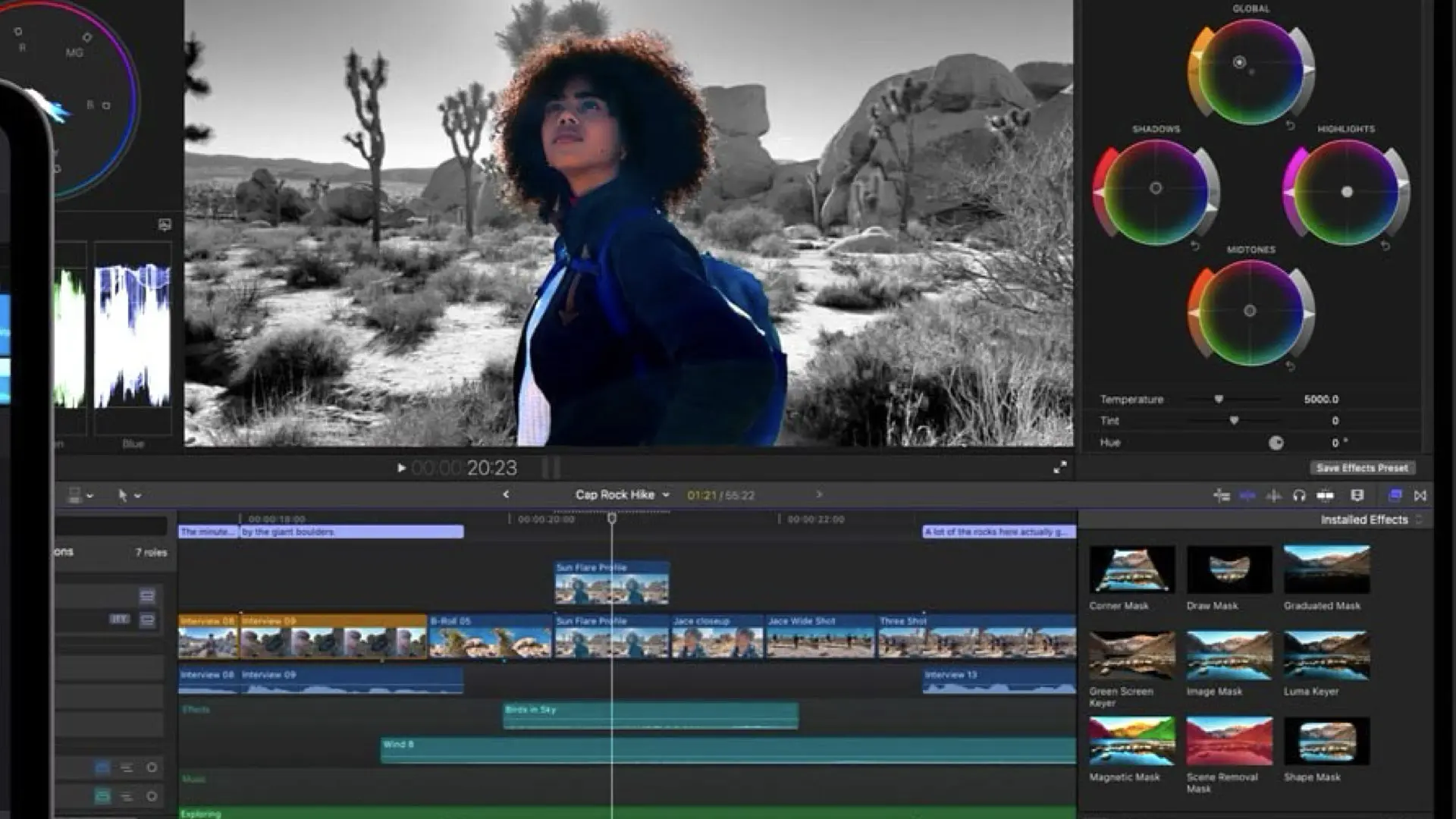
M4 Chips: Pushing Final Cut Pro 11’s Capabilities
With Apple’s new M4 chips—including the M4 MacBook Pro and the M4 Mac Mini—Final Cut Pro 11 benefits from enhanced performance and efficiency, making it ideal for handling massive video files, high-resolution formats, and real-time AI processing. The M4’s GPU and neural engine integration allow Final Cut Pro to deliver smoother playback, faster rendering times, and real-time processing of AI features, a major advantage over competing NLEs on other hardware platforms. In the context of video editing, the M4 chips offer groundbreaking improvements in both speed and efficiency. But how do these advances compare to dedicated editing workstations or even hybrid systems like DaVinci Resolve? Read about Apple’s latest hardware developments in our articles on Apple Introduces a New M4 Mac Mini and Apple Announces M4 MacBook Pro.
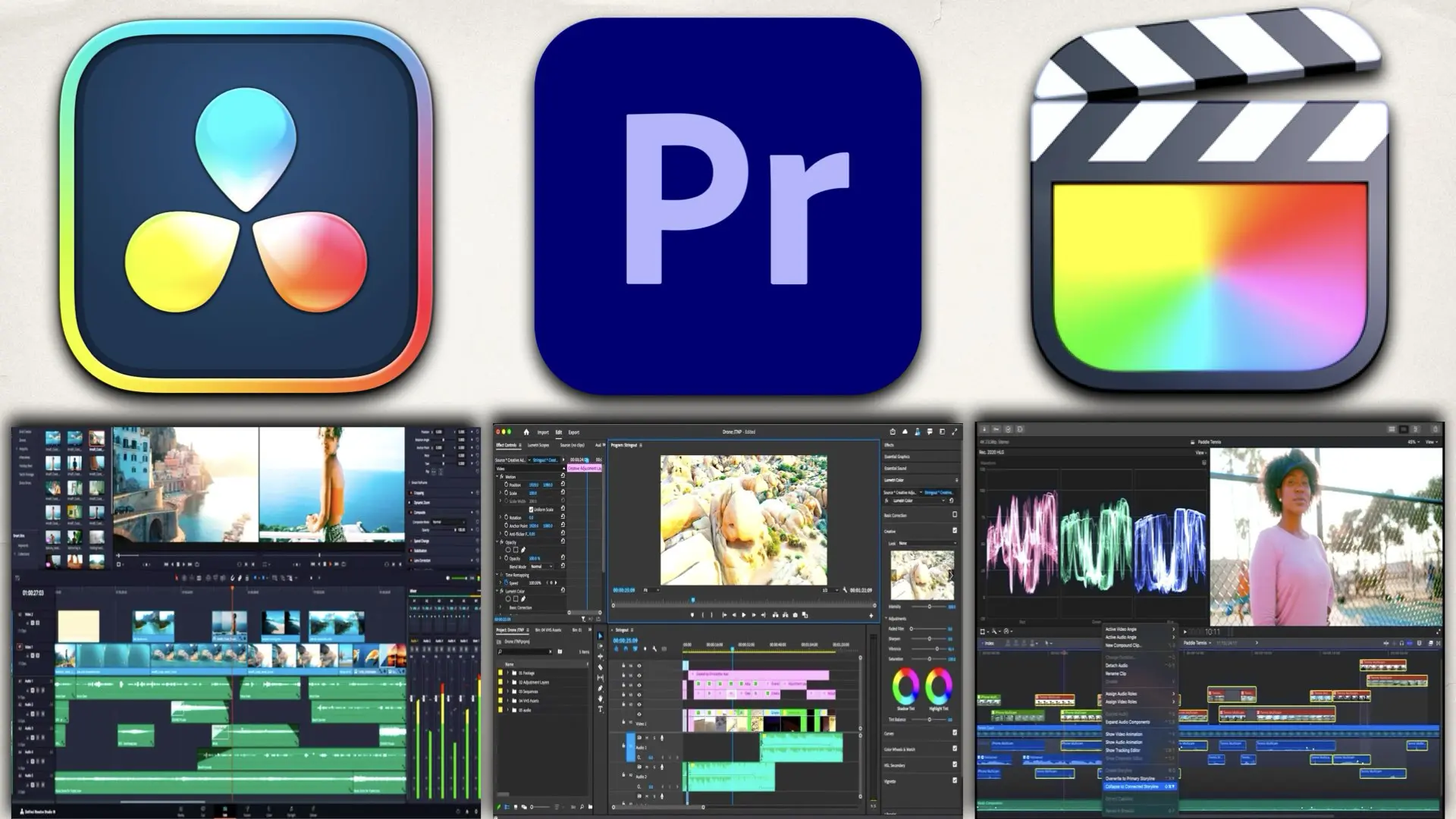
Vision Pro: Enhancing the Editing Experience?
Apple’s Vision Pro, its high-profile augmented reality headset, is being marketed as a potential game-changer for professional workflows. While not exclusively for editing, Vision Pro’s immersive environment could have interesting applications for Final Cut Pro 11. Imagine an editor being able to use hand gestures in a 3D editing space to manage complex projects, rearrange timelines, or visualize effects in real-time with the sense of spatial immersion. But there are skeptics who question Vision Pro’s practicality for professional editors. Apple’s venture into the AR space has been met with mixed reviews, with some arguing that the device may lack the ergonomic advantages needed for extended editing sessions. Read our thoughts on Apple’s mixed results with this technology in Why Apple has Failed With the Vision Pro.
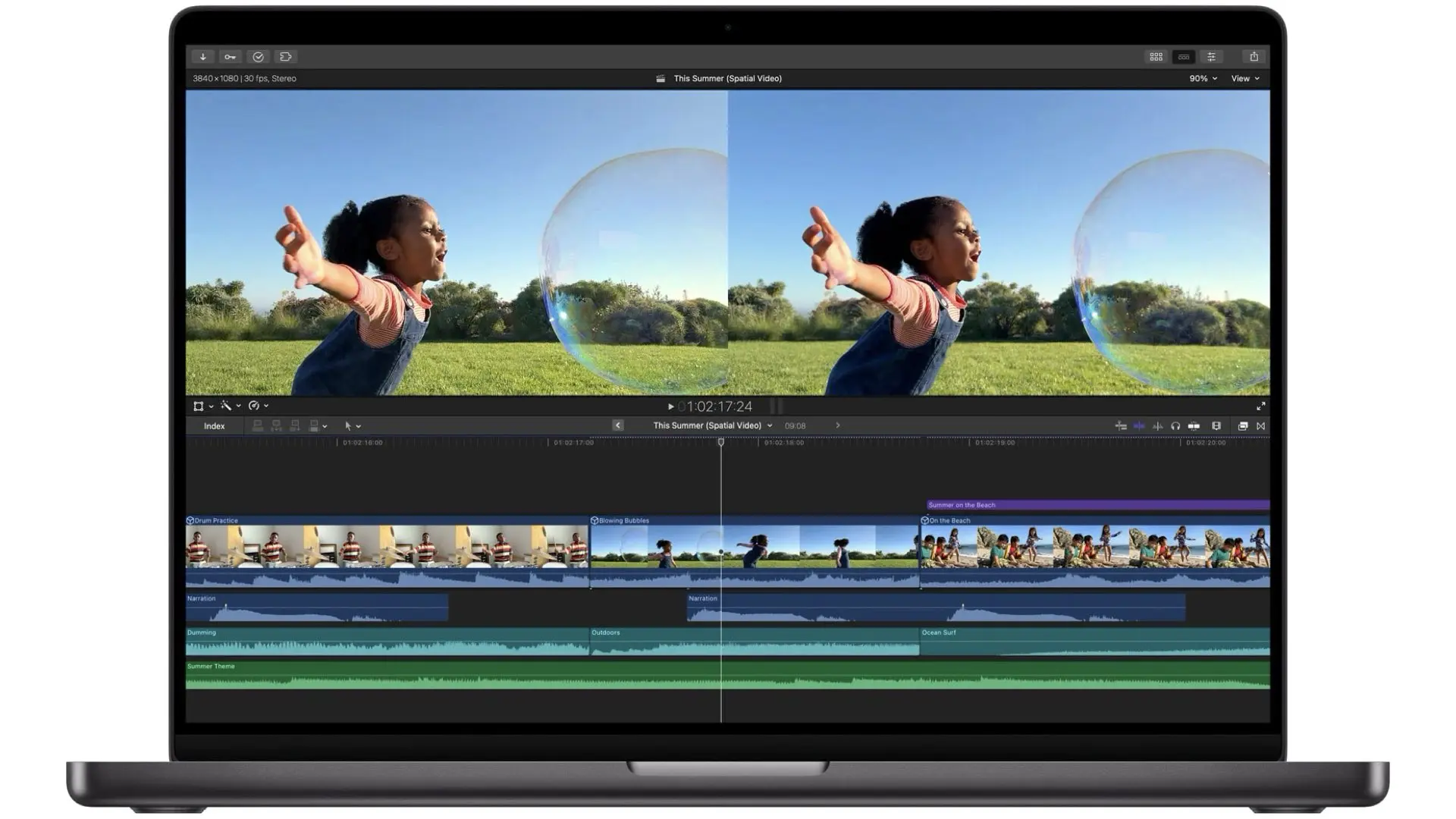
Final Cut Pro 11 vs. Hollywood’s Standards
As Hollywood grapples with the role of AI and evolving tech, Final Cut Pro 11 positions itself as an advanced editing tool. But is it Hollywood-ready? The integration of AI and the processing power of the M4 chips could make Final Cut Pro 11 an attractive choice for editors working on high-end productions. Hollywood is already exploring AI’s potential in filmmaking, as we discuss in Hollywood’s Future: How AI and New Technology Are Transforming the Industry, but there’s still a level of caution. Many industry insiders view AI with skepticism, particularly with concerns over creative control and the risk of over-reliance on automation. Apple may be hoping to appeal to this high-level market segment, but Final Cut Pro 11 will face tough competition. Blackmagic Design’s DaVinci Resolve, for example, remains a favorite in Hollywood thanks to its color grading capabilities and feature-rich suite, and recent speculation suggests that Apple might even consider acquiring Blackmagic to expand its foothold in the professional editing market. Could such a move boost Final Cut Pro’s Hollywood credentials? Read more on this possibility in our article on why Apple should consider acquiring Blackmagic.
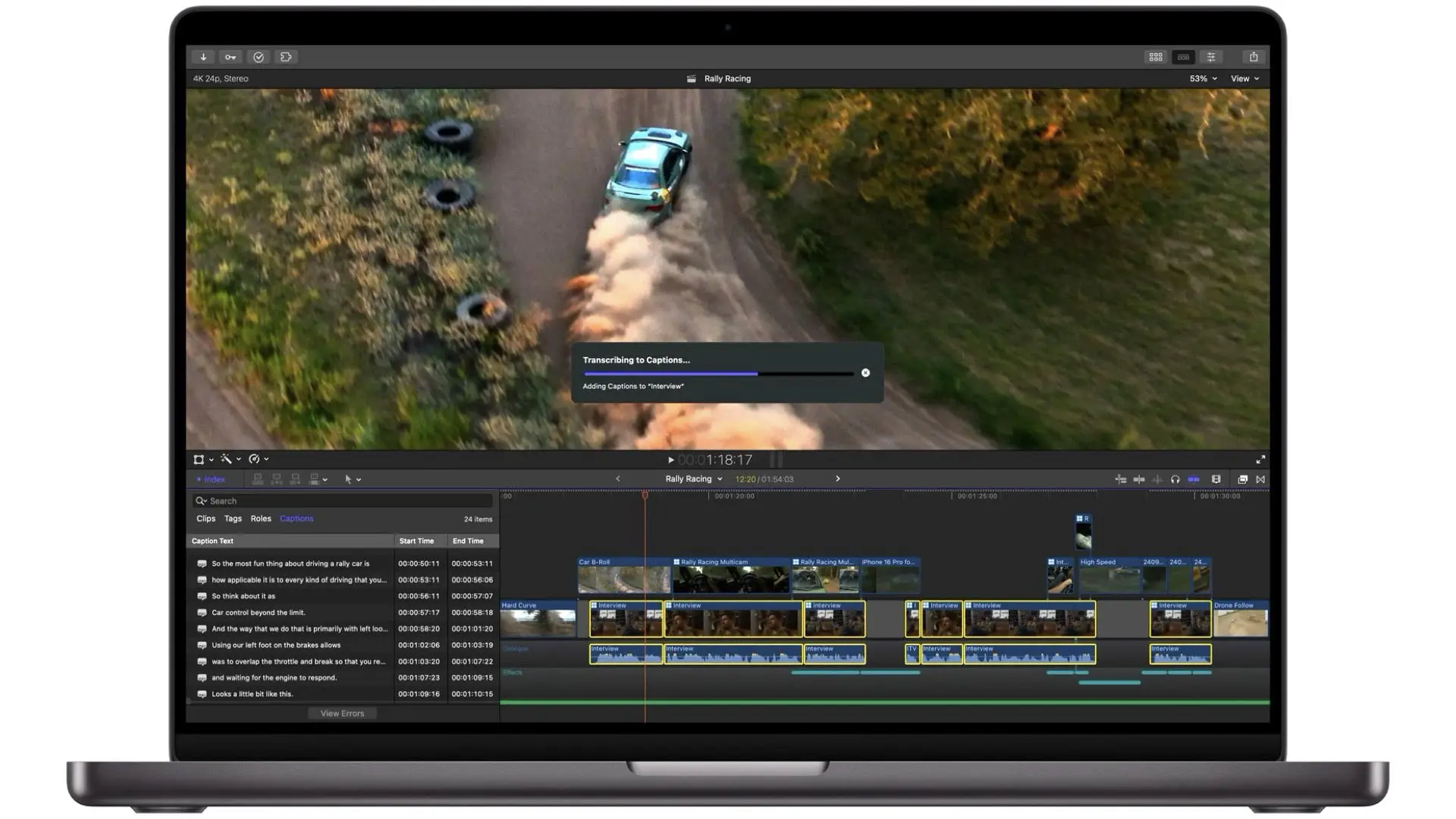
Balancing Professional Needs and Apple’s Consumer Focus
One challenge for Final Cut Pro 11 is whether it will satisfy the specific demands of professional editors. Apple’s AI-centric approach might seem appealing to novice editors or those working in social media and content creation, where rapid production cycles are the norm. However, professionals who rely on precise control over every detail might find the automation features too limiting. Blackmagic still leads in providing granular customization options that professionals value. While Final Cut Pro 11’s enhancements are impressive, is Apple’s flagship NLE a practical choice for high-stakes environments like film production and television? Apple’s streamlined ecosystem certainly appeals to many, but some in the industry feel that Final Cut Pro is optimized for speed over flexibility, potentially creating friction for workflows that require a more tailored approach. This trade-off may become a defining factor as editors weigh Final Cut Pro 11 against other NLEs.
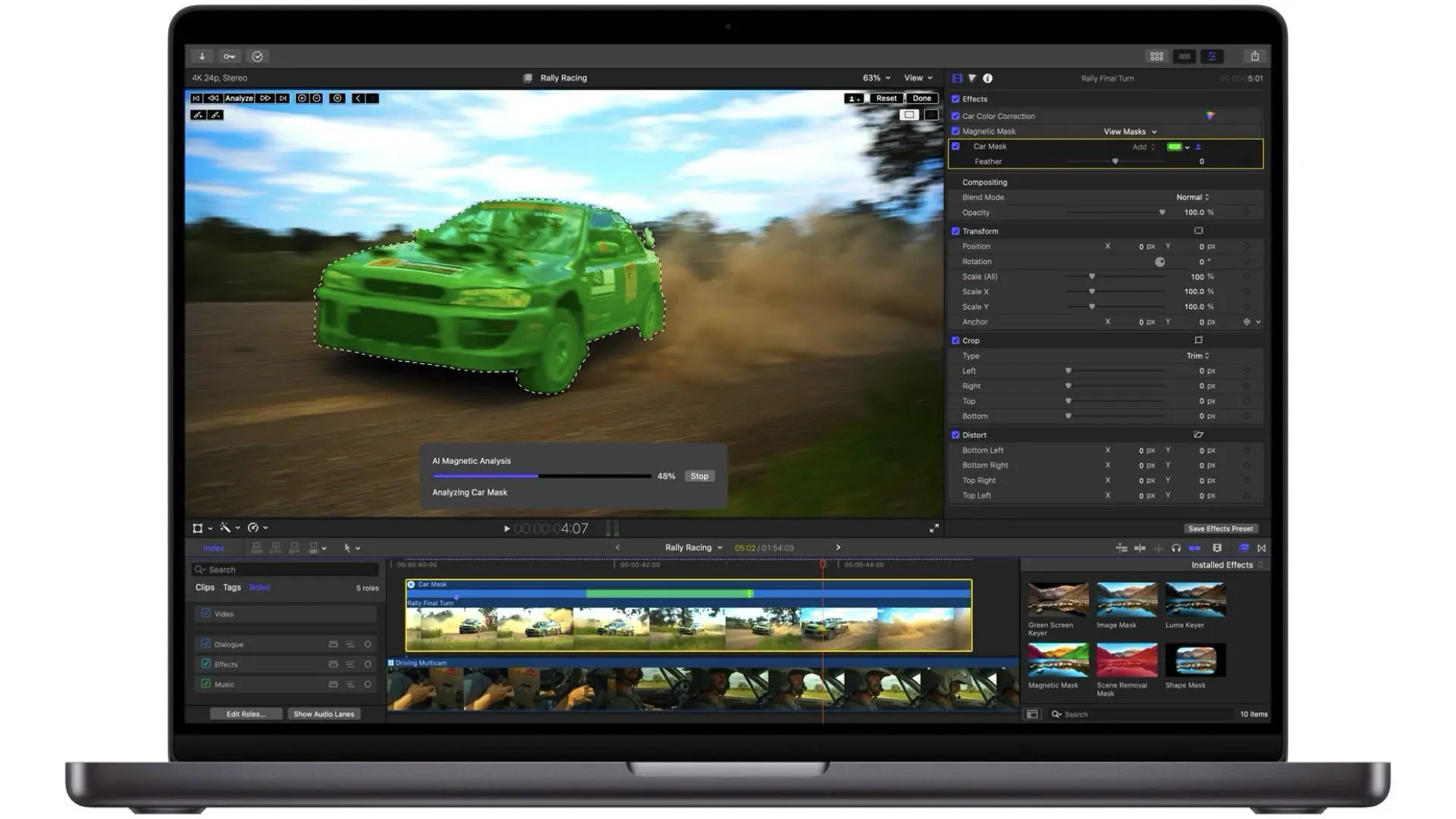
Final Thoughts: Is Final Cut Pro 11 the Future?
Final Cut Pro 11 introduces an exciting chapter in Apple’s approach to video editing, leaning heavily on AI innovation, hardware optimization with the M4 chips, and compatibility with Vision Pro for an immersive editing experience. These updates could position Final Cut Pro 11 as a leading choice in an era when AI is reshaping workflows and production timelines. However, the question remains: Is Final Cut Pro 11 an innovation that professionals will embrace, or will it remain a tool more suited to casual and semi-professional editors? While Apple has a dedicated fanbase, it’s still unclear if Final Cut Pro 11’s new features can persuade industry veterans who currently prefer other NLEs. Final Cut Pro’s success will ultimately depend on how well it meets the nuanced needs of professional editors. What do you think?

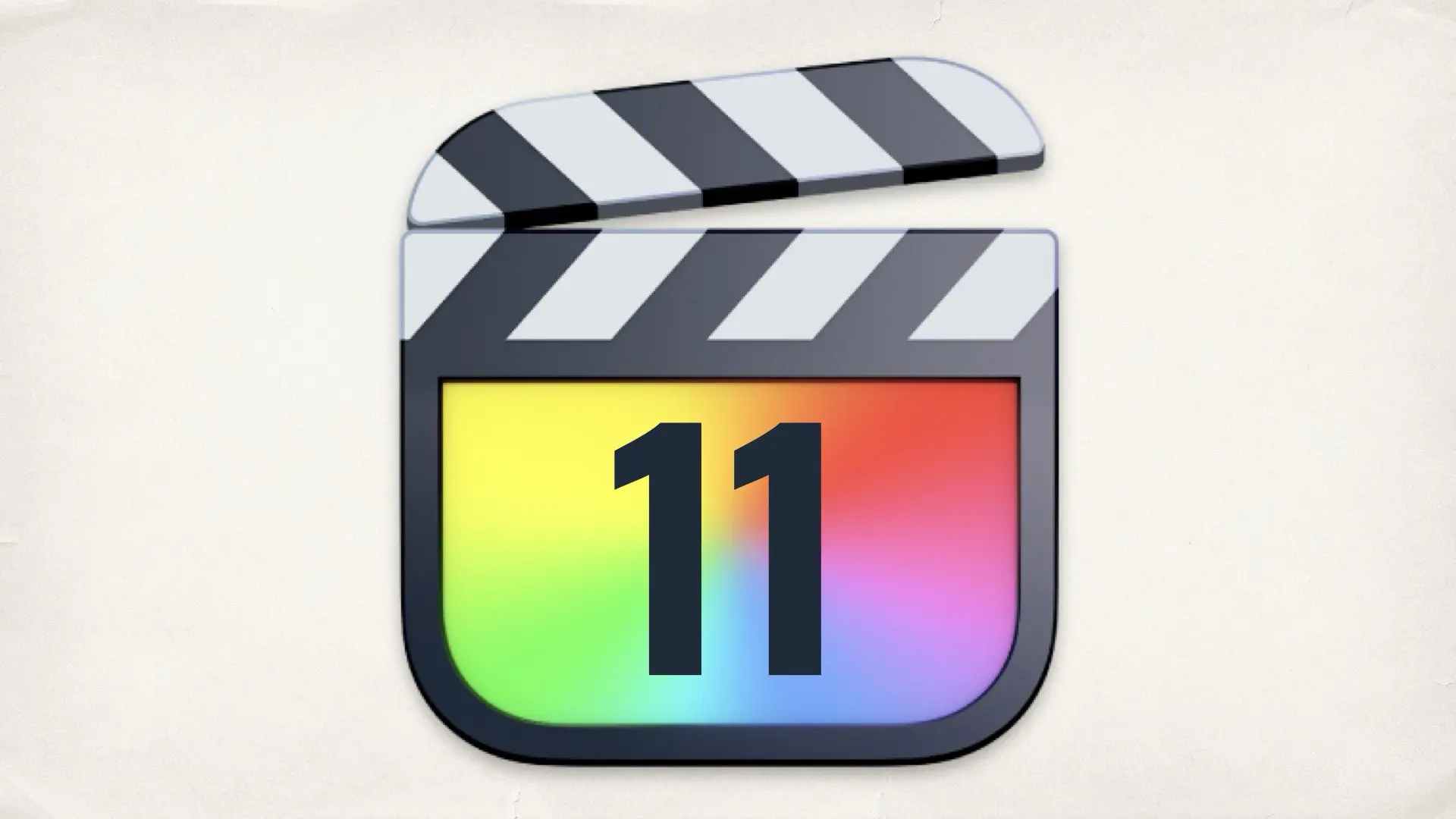
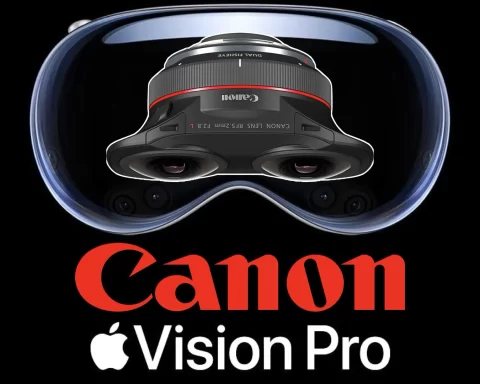



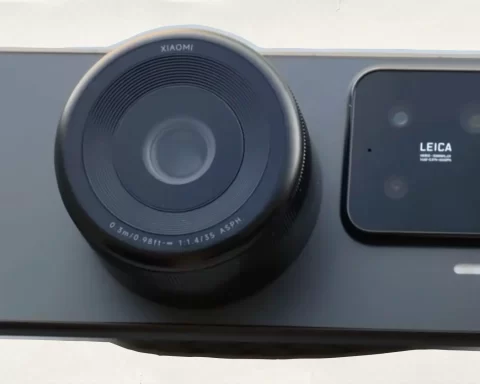
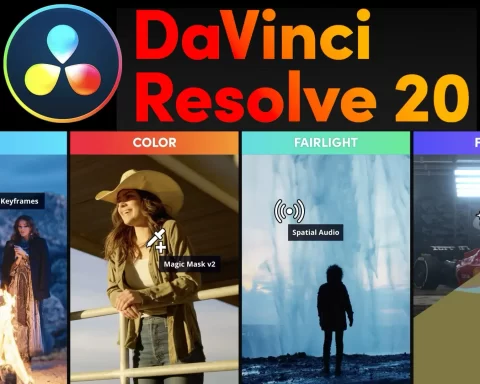


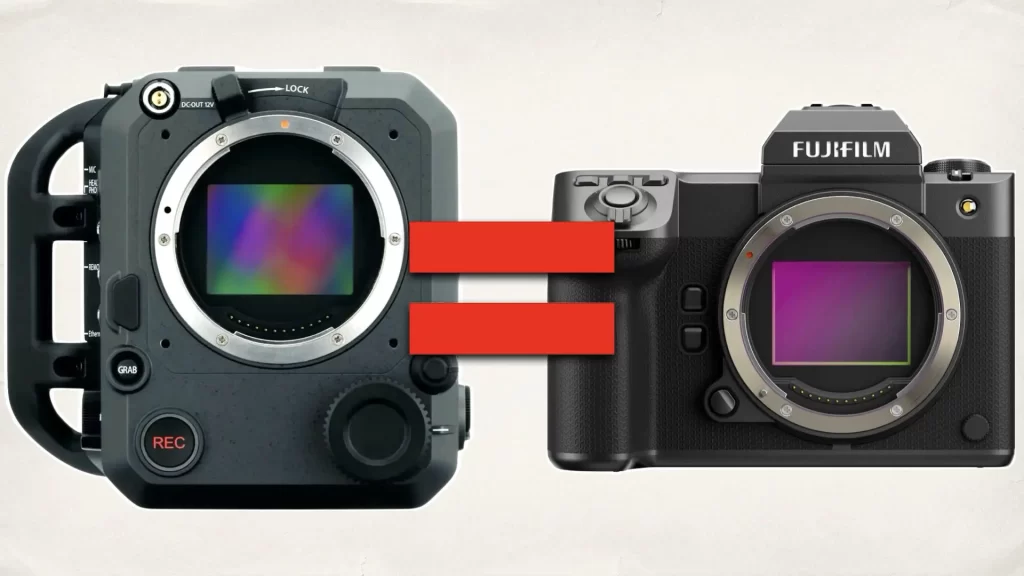
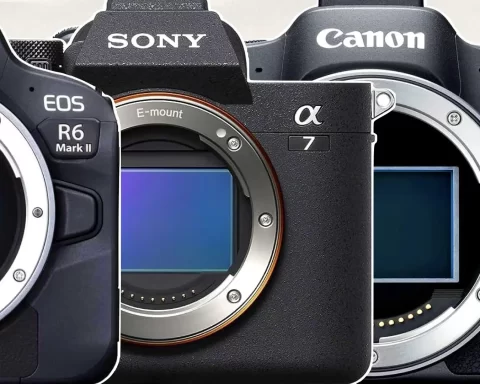
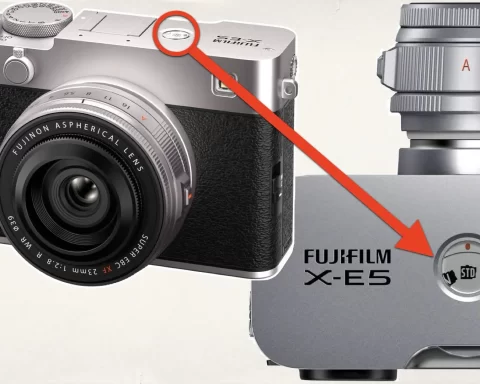
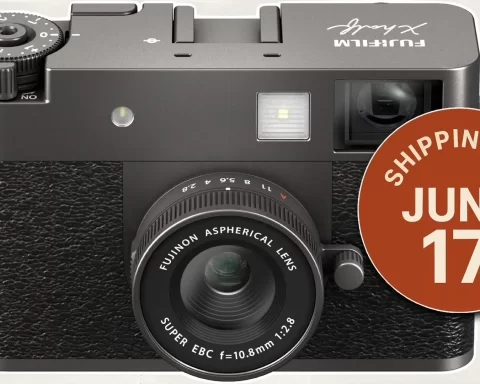
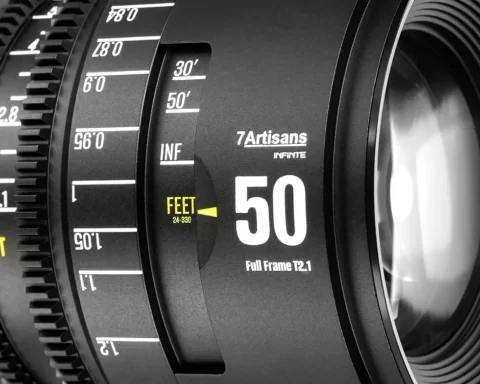

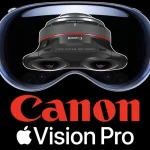

does anyone really care at this stage of the game? Apple isn’t going to win back any users and NOBODY is going to edit wearing that stupid AR thing on their head all day